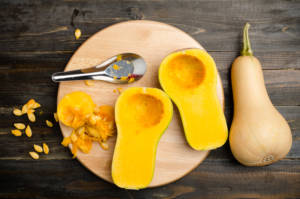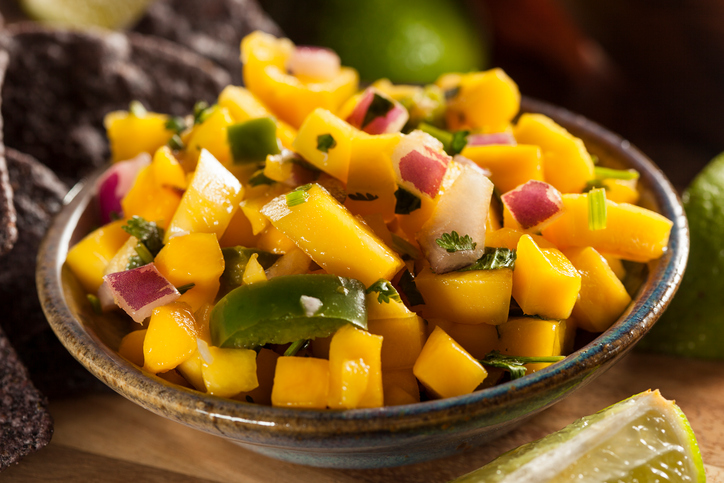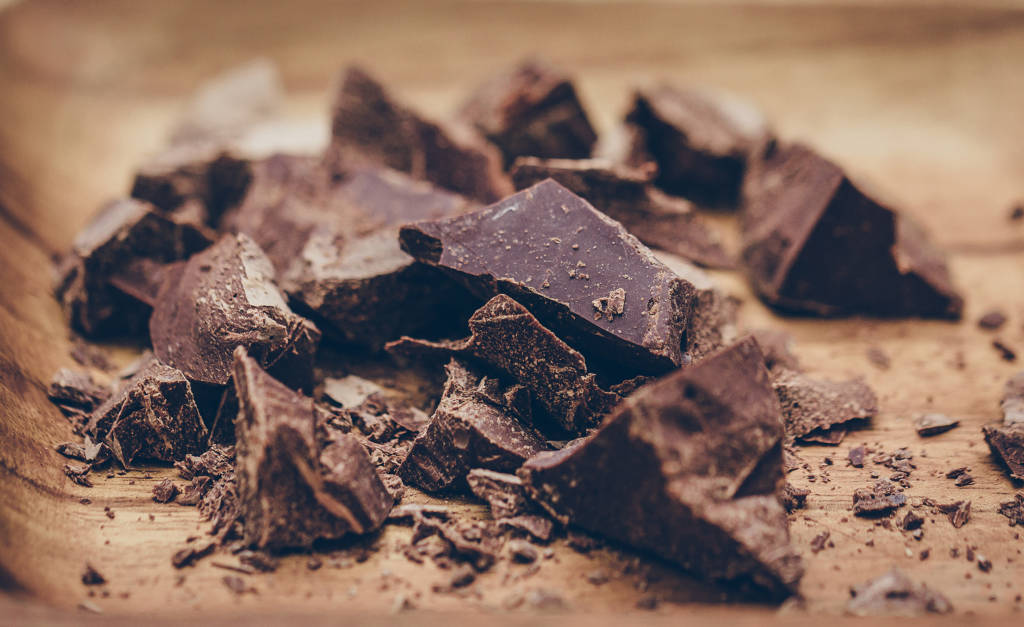Right now is the perfect time to visit pumpkin patches and farms where you will find beautiful varieties of squash, yet it can be overwhelming because there are so many different kinds. Some farms go the extra step to help guide you and post information about the flavor and whether or not they are good for cooking or just carving. But, if you’re not that fortunate, then you might stand there a little confused. Squash is not a name for a particular type of squash, in fact, it refers to many different kinds of squash, including pumpkin, courgettes, or zucchinis.
Benefits of squash
Enhance the immune system
Fight inflammation
Helps control diabetes
Promotes lung health
Beneficial for heart health
Improves your vision
Reduces the risk of anemia and regulates your blood circulation more
efficiently

Butternut Squash
This is known as the sweetest between the various kinds of winter squash. It has a thick and moist flesh, but it has a thin peel, which makes it easy for you to peel. Butternut squash does not contain many seeds and it is a truly versatile squash that can be cooked in various ways. You can roast or sauté it within few minutes, or make soup because it is very
smooth when mashed and pureed. Plus, there are no fibrous bits or thick strands.
Acorn Squash
Several years ago, acorn squash was considered as the most popular squash. But its top place is now replaced by butternut squash yet, acorn squash is still a favorite because of its tender, moist and sweet flesh. You can bake, mash, roast, sauté or even steam acorn squash for your recipes. You can also make stuffed acorn squash, which is quite delicious, as pictured here.
Kabocha Squash
Kabocha is one of the most popular kinds of squash all around the world. In some countries, like Australia and New Zealand, people often call it Japanese pumpkin. It possesses a sweet and a little bit nutty flavor. Its flesh is tender, but its peel is tough to be cut off. Sesame and ginger are great ingredients for cooking with Kabocha squash.






